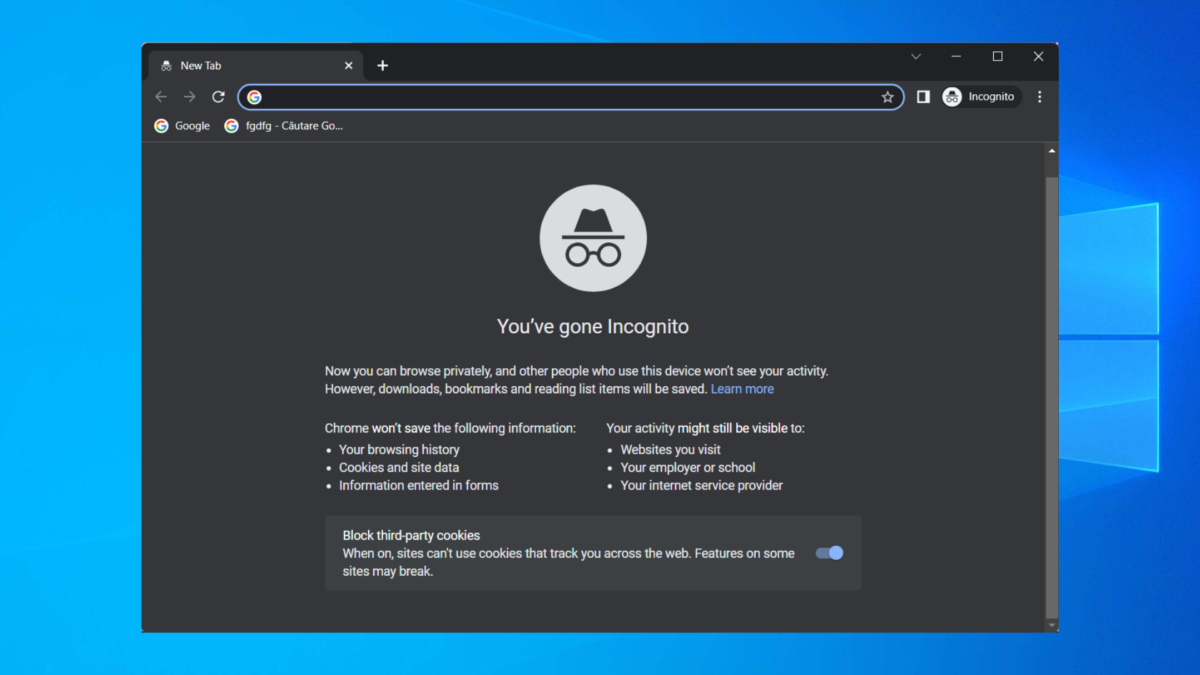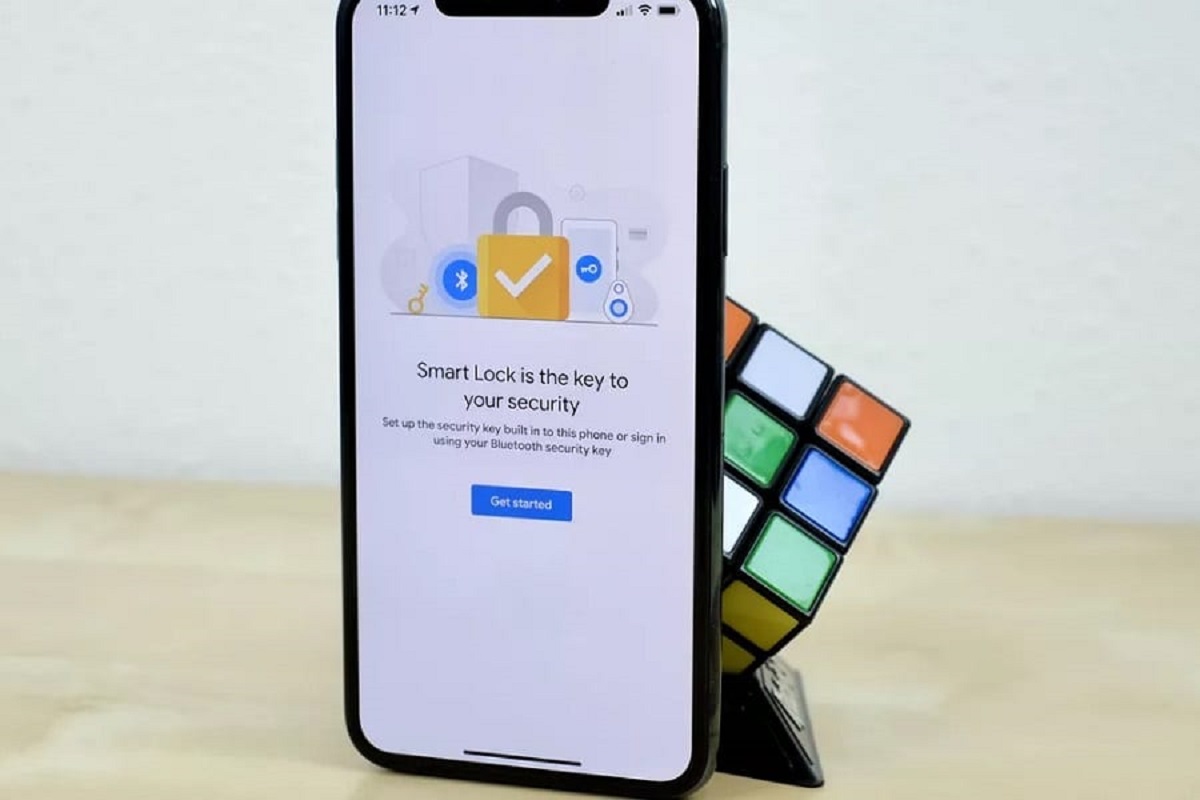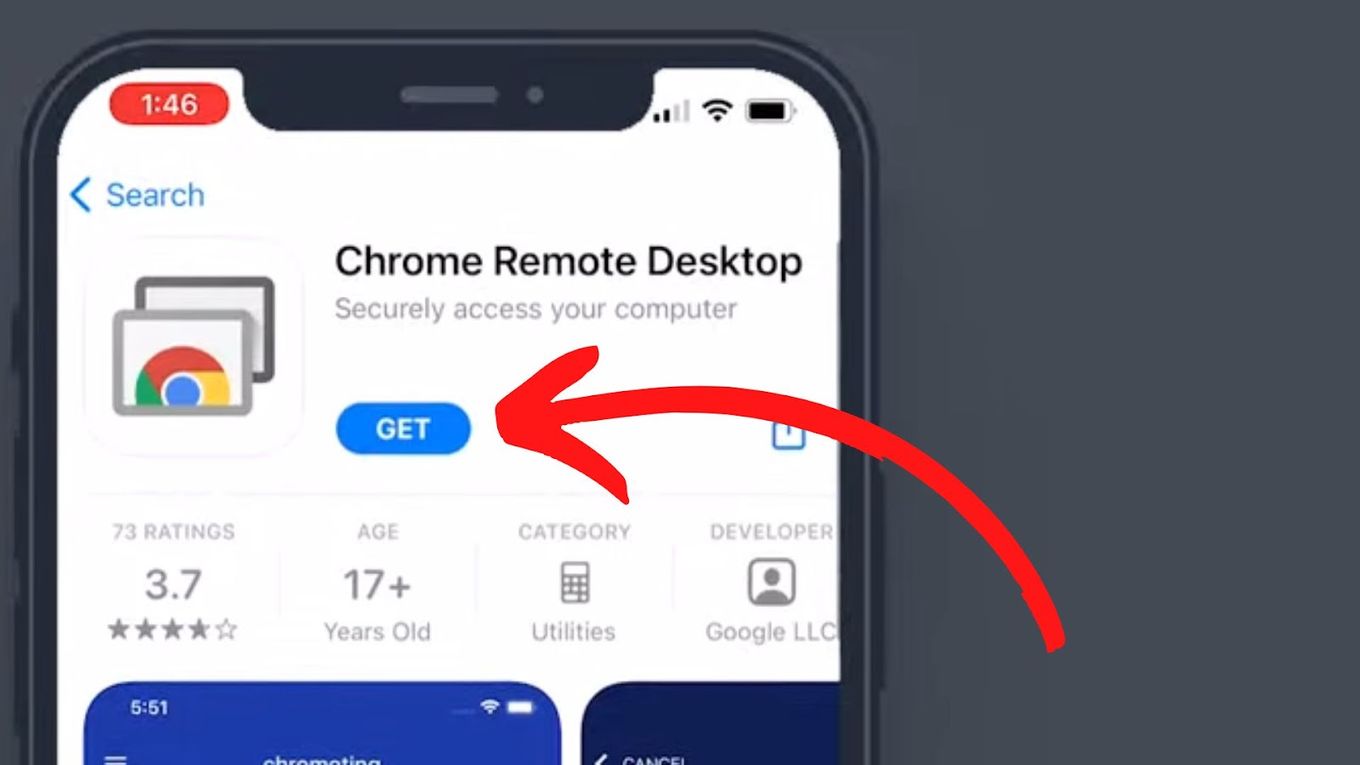Introduction
Have you ever experienced the frustration of Chrome not saving your passwords, forcing you to re-enter them every time you visit a website? It's a common issue that many users encounter, and it can be quite exasperating. Understanding why this happens and how to troubleshoot it can save you time and alleviate the annoyance of repeatedly typing in your credentials.
Chrome, as one of the most popular web browsers, offers a convenient feature that allows users to save their login information for various websites. This functionality is designed to streamline the browsing experience by eliminating the need to manually enter usernames and passwords each time you visit a site. However, despite its intended convenience, there are instances where Chrome may fail to save passwords, leaving users perplexed and inconvenienced.
In this article, we will delve into the intricacies of Chrome's password-saving mechanism, explore the common issues that users encounter, and provide practical troubleshooting tips to address these concerns. By gaining a deeper understanding of how Chrome saves passwords and learning how to resolve potential issues, you can optimize your browsing experience and minimize the hassle of repeatedly entering login credentials.
Let's embark on a journey to unravel the mysteries behind Chrome's password-saving functionality and equip ourselves with the knowledge to overcome any obstacles that may arise in this aspect of our browsing endeavors.
How Chrome Saves Passwords
When you enter your login credentials on a website while using Google Chrome, the browser prompts you to save the password. If you choose to save it, Chrome stores the username and password in its password manager. This manager securely stores the login information and automatically fills in the details when you revisit the site.
Chrome uses a combination of encryption and user account credentials to keep the saved passwords secure. The passwords are encrypted using the user's Google Account credentials, ensuring that they are not easily accessible to unauthorized users. This encryption mechanism adds a layer of protection to the saved passwords, safeguarding them from potential security breaches.
Furthermore, Chrome synchronizes the saved passwords across devices for users who are signed in with their Google Account. This synchronization feature allows users to access their saved passwords on different devices, providing a seamless and consistent browsing experience across various platforms.
In addition to website passwords, Chrome also offers to save and autofill other types of information, such as payment details and addresses. This comprehensive autofill functionality streamlines the process of completing online forms and transactions, enhancing convenience and efficiency for users.
It's important to note that Chrome's password-saving feature is designed to simplify the login process and enhance user convenience. By securely storing and autofilling login information, Chrome aims to streamline the browsing experience and minimize the need for manual input of credentials.
Understanding how Chrome saves passwords provides insight into the browser's commitment to user convenience and security. By leveraging this feature effectively, users can optimize their browsing experience and mitigate the hassle of repeatedly entering login details.
In the next section, we will explore the common issues that users may encounter with Chrome's password-saving functionality and delve into practical troubleshooting strategies to address these concerns.
Common Issues with Chrome Password Saving
While Chrome's password-saving feature is designed to simplify the login process and enhance user convenience, users may encounter various issues that hinder the seamless operation of this functionality. Understanding these common issues is crucial for effectively troubleshooting and resolving potential concerns. Here are some prevalent issues that users may experience with Chrome's password-saving feature:
1. Inconsistent Password Prompt:
At times, Chrome may fail to prompt users to save their passwords when logging into a website. This inconsistency in the password-saving prompt can lead to users missing the opportunity to store their login credentials, resulting in the inconvenience of manually entering them upon subsequent visits.
2. Failure to Autofill Saved Passwords:
Even when users have previously saved their passwords in Chrome's password manager, the browser may fail to autofill the login information when revisiting the respective websites. This issue can disrupt the seamless login experience that users expect from the password-saving feature.
3. Syncing Issues Across Devices:
For users who rely on Chrome's synchronization feature to access their saved passwords across multiple devices, syncing issues can arise. Inconsistent or delayed syncing of saved passwords can lead to discrepancies in the availability of login credentials across different platforms, impacting the user experience.
4. Passwords Not Saved for Specific Websites:
Some users may encounter situations where Chrome fails to save passwords for certain websites, despite the browser's prompt to do so. This selective failure to save passwords can be perplexing and inconvenient, requiring users to manually manage their login credentials for specific sites.
5. Security Concerns and Password Vulnerability:
While Chrome employs robust encryption mechanisms to secure saved passwords, users may still harbor concerns about the overall security of their login information. The perception of vulnerability or potential security breaches can deter users from fully embracing Chrome's password-saving feature.
6. Compatibility Issues with Website Forms:
In certain cases, Chrome's password-saving and autofill functionality may encounter compatibility issues with website forms, leading to inaccuracies or failures in populating the login fields. This can impede the seamless completion of login processes, frustrating users in the process.
By acknowledging these common issues with Chrome's password-saving feature, users can gain insights into the potential challenges they may encounter. In the subsequent section, we will delve into practical troubleshooting strategies to address these concerns and optimize the functionality of Chrome's password-saving feature.
Troubleshooting Chrome Password Saving Issues
Resolving issues related to Chrome's password-saving functionality requires a systematic approach to identify and address the underlying causes. By implementing targeted troubleshooting strategies, users can overcome common concerns and optimize the performance of Chrome's password-saving feature. Here are practical troubleshooting steps to mitigate Chrome password-saving issues:
-
Check Chrome Settings:
Start by ensuring that the password-saving feature is enabled in Chrome's settings. Navigate to the browser's settings menu, select "Autofill" or "Passwords," and verify that the option to save passwords is turned on. Additionally, confirm that the autofill settings are configured to populate login credentials accurately. -
Clear Cache and Cookies:
Clearing the browser's cache and cookies can resolve potential conflicts that hinder the password-saving functionality. Navigate to Chrome's settings, access the "Privacy and security" section, and proceed to clear browsing data. Select the option to clear cache and cookies, and then restart the browser to assess if the password-saving issues have been resolved. -
Update Chrome to the Latest Version:
Ensure that Chrome is updated to the latest version to leverage bug fixes and enhancements related to password-saving functionality. Access the browser's settings, navigate to the "About Chrome" section, and initiate the update process if a new version is available. Updated versions often address known issues and improve the overall performance of password-saving features. -
Verify Google Account Sync:
For users who rely on Google Account synchronization to access saved passwords across devices, verifying the sync settings is crucial. Access the Chrome settings, navigate to the "Sync and Google services" section, and confirm that passwords are included in the synchronization process. Troubleshoot any sync discrepancies that may be affecting the availability of saved passwords on different devices. -
Disable Conflicting Extensions:
Certain browser extensions or third-party tools may conflict with Chrome's password-saving functionality. Temporarily disable extensions one by one and assess if the password-saving feature operates as intended. Identifying and removing conflicting extensions can alleviate issues related to password saving and autofill. -
Manually Add and Manage Passwords:
In cases where Chrome fails to save passwords for specific websites, users can manually add and manage login credentials in the browser's password manager. Access the password settings in Chrome, and utilize the option to manually add and save passwords for websites where automatic saving may not function optimally. -
Reset Chrome Settings:
If persistent issues hinder the password-saving feature, consider resetting Chrome settings to default. This action can resolve underlying configuration conflicts that impact password saving. Navigate to the browser's settings, locate the option to reset settings, and follow the prompts to restore Chrome to its default state.
By systematically implementing these troubleshooting strategies, users can address common issues related to Chrome's password-saving functionality and optimize the seamless storage and autofill of login credentials. These proactive measures empower users to overcome obstacles and maximize the convenience and efficiency of Chrome's password-saving feature.
Conclusion
In conclusion, Chrome's password-saving feature, while designed to enhance user convenience, can sometimes present challenges that hinder its seamless operation. The common issues, ranging from inconsistent password prompts to syncing discrepancies and security concerns, underscore the importance of understanding and addressing potential obstacles in leveraging this functionality effectively.
By delving into the intricacies of Chrome's password-saving mechanism and exploring practical troubleshooting strategies, users can navigate through these challenges and optimize their browsing experience. From checking Chrome settings and clearing cache to verifying Google Account sync and managing passwords manually, the troubleshooting steps provide a systematic approach to resolving password-saving issues.
It's essential for users to recognize that Chrome's commitment to security and convenience underpins the password-saving feature. The encryption of saved passwords and the synchronization across devices exemplify Chrome's dedication to safeguarding user data while streamlining the login process. By aligning with these principles and leveraging the troubleshooting strategies, users can harness the full potential of Chrome's password-saving functionality.
Ultimately, the ability to troubleshoot and overcome common issues with Chrome's password-saving feature empowers users to optimize their browsing experience. By seamlessly storing and autofilling login credentials, users can streamline their interactions with websites, enhance productivity, and minimize the inconvenience of repetitive password entry.
As we navigate the digital landscape, the fusion of convenience and security in Chrome's password-saving feature reflects the ongoing evolution of web browsing experiences. By equipping ourselves with the knowledge and strategies to address potential concerns, we can harness the full benefits of Chrome's password-saving functionality while mitigating the challenges that may arise.
In essence, the journey to unravel the mysteries behind Chrome's password-saving feature is not merely a quest for technical proficiency but a pursuit of seamless and secure browsing experiences. By embracing this journey, users can navigate through obstacles, optimize their interactions with the digital realm, and elevate their browsing endeavors to new heights of efficiency and convenience.

























